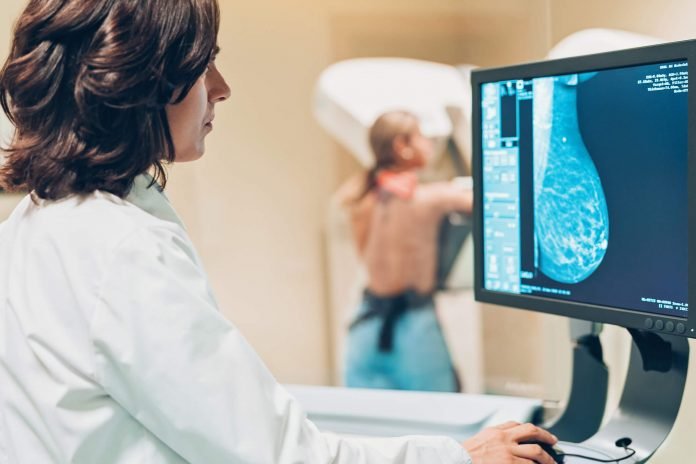Mammography is a screening test for essential breast cancer to diagnose early-stage tumors. We tell you everything you need to know.
Table of Contents
Mammography is the most effective diagnostic test to detect breast cancer in its earliest stages. Thanks to early detection, the prognosis for this tumor has dramatically improved. These are the basic questions you should know about it:
Also Read: 5 habits to combat hair loss
What is mammography?
Mammography is a diagnostic test that involves taking an x-ray of the mother. Typically, it is used as a screening test to detect breast cancer in its early stages and is routinely performed as part of gynecological examinations even if the patient does not have any symptoms.
In addition, it is also prescribed outside this context in cases in which the woman has already detected suspicious symptoms, such as pain in an area of the breast, a lump (visible or not externally), secretions from one or both nipples, bleeding , a wound or ulcer that does not heal …
How reliable is mammography?
The accumulated scientific evidence corroborates the idea that mammography is the most effective test for the early detection of breast cancer. This diagnostic procedure is estimated to be able to identify 90% of tumors.
Also Read: The beneficial health effects of a balanced diet
Other complementary methods, such as self-examination, barely reaches 50%, since it has to be done in front of a mirror, palpating the breasts in a certain way and taking into account some factors (breast density, day of the menstrual cycle …) they are not always easy to interpret. Also, this method only works for tumors of a certain size, while mammography detects much smaller tumors that are not yet palpable.
How is mammography done?
On the day of the test the woman should not use creams or body lotions, deodorant, talcum powder or cosmetic products that can alter the resulting image on the stained plates that can mislead the specialists who have to interpret them.
Mammography is performed with the torso exposed using equipment called a mammogram. A technician helps the woman to properly place the breast on a smooth surface. Next, a transparent foil exerts a gradual compression on the breast to achieve a sharper image of the tissue and prevent smaller lesions from going unnoticed.
The process is carried out vertically in several projections in both breasts and although it does not hurt it can be bothersome, especially if the patient suffers from breast pain (mastodynia) or is in the days prior to menstruation. To avoid or reduce these discomforts, it is recommended to do the test two weeks after having your period and avoid caffeine in the previous days, since this stimulant increases breast sensitivity.
Is mammography enough?
Although mammographers have been improving in precision, the truth is that sharp conclusions are not always obtained from their images. If, for example, the woman has very dense breasts, which is quite frequent in younger patients or in women with hormonal treatments, the specialist may recommend a complementary ultrasound.
On the other hand, sometimes mammography detects very small lesions whose images do not allow us to appreciate whether or not they are malignant, in which case a biopsy may be necessary, at the discretion of the specialist.
At what age is a mammogram done?
The Spanish Society of Gynecology and Obstetrics (SEGO) recommends starting mammograms from 45-50 years, in women without increased risk, and maintaining the annual screening program between 50 and 69 years.
Likewise, the Spanish Association against Cancer (AEC) believes that it is advisable to do them from the age of 40 on an annual basis and start doing them every two years from the age of 55 if no suspicious change has been detected. However, depending on the family history and clinical circumstances of each patient, the specialist can modify this general recommendation.
Is it a safe test?
The amount of radiation emitted by a mammograph is well below the safety threshold. Therefore, the benefits of periodically undergoing this test amply justify this exposure. However, it should be noted that if the patient is pregnant, she should not undergo this test when it is only done in the context of a routine review.
On the contrary, if there is a suspicion of a tumor, the specialist must weigh, together with the patient, the need to do the test or wait for the baby to be born.
According to statistics, the probability of cure of early diagnosed breast cancer has a rate close to 90% and a good prognosis for patients. For this reason, specialists advocate consulting with the specialist about the most convenient time to perform it based on the characteristics of each patient and their family history.











